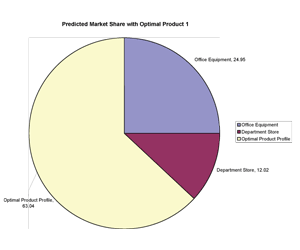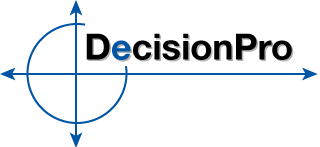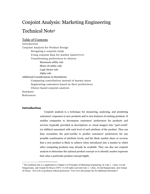| What you put in... |
What you get out... |
- Customer ratings of a set of real or potential product offerings, defined by their key attributes
- Market share of existing products
- New product profiles
|
- Customers' preferences and responses to new products
- Relative worth of product attributes
- Optimal product design
- Market share estimates for alternative products
- Drivers for purchase choices
- Customers' willingness to pay for product attributes
- Potential incremental revenue from new offerings/features
|

The Conjoint Analysis model is widely employed for designing new products. It is a procedure for measuring, analyzing, and predicting customers' responses to new products and to new features of existing products. It enables companies to decompose customers' preferences for products and services (provided as descriptions or visual images) into "part-worth" utilities associated with each option of each attribute or feature of the product. Firms can then recombine the part-worths to predict customers' preferences for any possible combination of attribute options. Firms can use conjoint analysis to:
- Design new products that maximize customer utility.
- Forecast sales/market share of alternative product bundles.
- Identify market segments for which a given product concept has high value.
- Identify the "best" product concept for a target segment
 The Conjoint Analysis model is widely employed for designing new products. It is a procedure for measuring, analyzing, and predicting customers' responses to new products and to new features of existing products. It enables companies to decompose customers' preferences for products and services (provided as descriptions or visual images) into "part-worth" utilities associated with each option of each attribute or feature of the product. Firms can then recombine the part-worths to predict customers' preferences for any possible combination of attribute options. Firms can use conjoint analysis to:
The Conjoint Analysis model is widely employed for designing new products. It is a procedure for measuring, analyzing, and predicting customers' responses to new products and to new features of existing products. It enables companies to decompose customers' preferences for products and services (provided as descriptions or visual images) into "part-worth" utilities associated with each option of each attribute or feature of the product. Firms can then recombine the part-worths to predict customers' preferences for any possible combination of attribute options. Firms can use conjoint analysis to:
